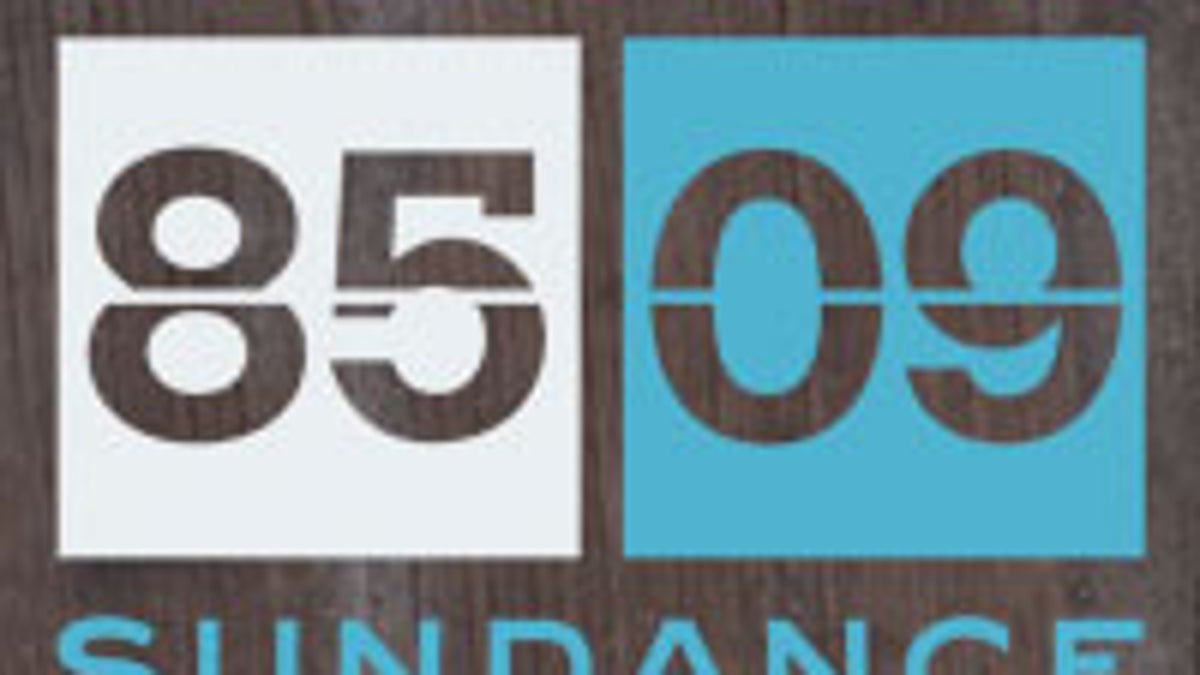A storied role for technology at Sundance
The festival has always showcased cinematic innovation. This year is no different, with experimental films, cutting-edge art installations, and forums about the rapidly shifting media landscape.

The theme for this year's Sundance Film Festival kicking off this week is "Storytime," apropos considering stories are the heart of each and every film.
However, many of the stories at Robert Redford's 10-day indie film festival--which kicks of Thursday in Park City, Utah, and runs through January 25--are told outside the screening rooms. They're told at panels and forums, through art installations, and via online offerings--with technology often key to the plotline.
The bulk of the festival offerings for the digerati take place under New Frontier (PDF), which is a programming category featuring films that challenge conventional form; art installations at the crossroads of art technology and film; and public forums covering innovations in cinematic culture.
Feature-length New Frontier films range from the likes of Lunch Break (PDF), by Sharon Lockhart, a single tracking shot through a long corridor where workers take their lunch at a Maine shipyard, to Where is Where (PDF), a four-channel film based on an incident that took place during Algeria's struggle for independence.
The art installation, located in the New Frontier on Main venue (featured in slideshow below), also pushes new limits this year, with two works, in particular, by technologists. In We Feel Fine, for example, by programmers Jonathan Harris and Sep Kamvar, the installation takes sentences every few minutes from recently published blogs from around the world that include the words "I feel" or "I am feeling" and visualizes them in six different movements.
Another scientist/artist showcasing work at New Frontier is John Underkoffler, who helped out on the film Minority Report and invented that trick in which Tom Cruise wears gloves that could grab and move computer images in space. Underkoffler developed that idea into a new system for editing film that's the focus of his installation, Tamper.
"We're finding that our artists are no longer looking at technology as a sort of novelty, a 'Gee whiz, what can I do with it?' They're already fully engaged and what's emerging is highlighted at the New Frontier," said Ian Calderon, Sundance's director of digital initiatives. "This is very different from some of the primitive video art you saw in the 1970s and 80s. This is a quantum leap forward because the tools are there, the technology is there."
New Frontier's noon panels this year have also evolved to be less about specific hardware and technological advances, and more about what content creators can do with such advances, Calderon said. One panel on Sunday, for example, is all about new models and experiments in digital distribution.
"Our filmmakers are no longer waiting to be called by Hollywood," Calderon said. "They're finding like-minded audiences, they're building communities, they're self-producing their own work. They know more about viral marketing than maybe even the retail industry."
Perhaps the most star-studded panel, at least as far as the tech world is concerned, is titled "Where Do We Go From Here? Icons of the Digital Age." The Saturday panel will be moderated by Kara Swisher of All Things D and will feature Netflix's Reed Hastings, YouTube's Chad Hurley, and Hulu's Jason Kilar.
Other panels address the use of virtual reality in film and Web content for the small screen.
"Our audience wants what they want, when they want it, and they want to take it with them," Calderon said. "Schedulized programming is going to be a thing of the past."
That said, another tech-related component of the festival relates to the film shorts program, for which submissions grew 10 percent from last year to 5,632. A record 96 shorts were selected to screen at the festival, 10 of which will be available for free rental at the Sundance iTunes Store during the course of the festival.
I'll be checking out all of the above in Park City. Stay tuned for more coverage as the festival gets under way Thursday night with the premiere of Mary and Max, an animated film that also showcases technology.

